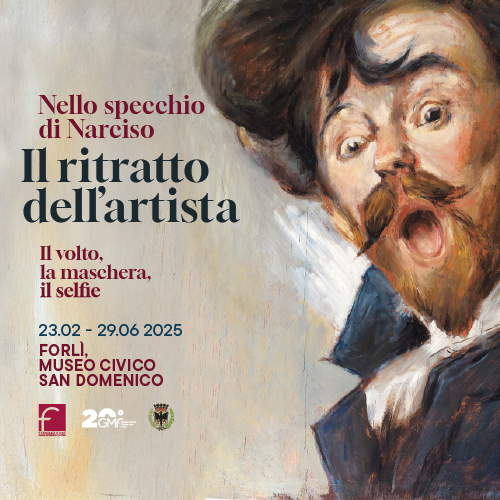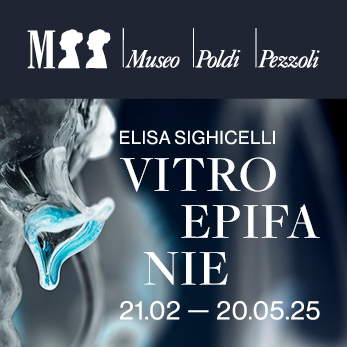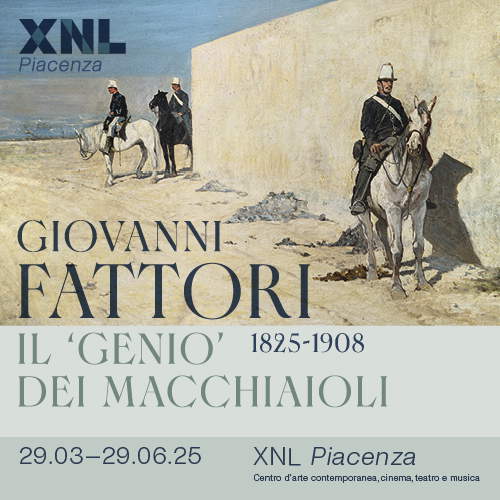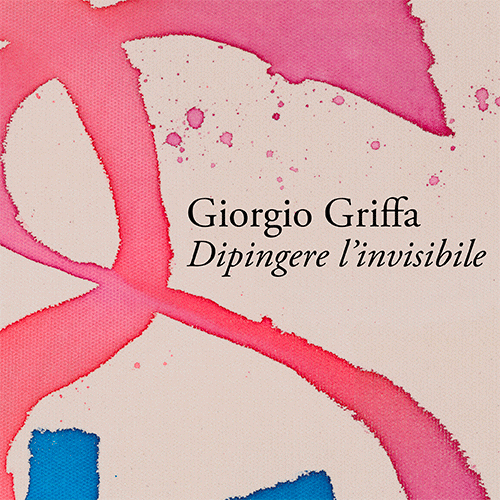Transitum, the alchemical journey of Fabrizio Cotognini at the BUILDING GALLERY in Milan
From April 3 to July 19, 2025, Milan ’s BUILDING GALLERY welcomes Transitum, the solo exhibition of Fabrizio Cotognini (Macerata, 1983), curated by Marina Dacci. It is a project that crosses the entire gallery space, articulating itself in a path dense with historical references and alchemical suggestions. More than 90 works, including microcastings, sculptures, installations and drawings, shape a layered narrative in which art becomes a tool for investigating transformation.
Cotognini’s research is nourished by references to mythology, epic and alchemy, translating these elements into a reflection on metamorphosis, understood as the evolution of identity and the change of matter. The artist also intervenes on 18th-century engravings, constructing images that condense past and present. The title of the exhibition recalls the concept of passage and change, suggesting a path that winds through three exhibition levels, each with its own symbolic dimension.
“The title of the exhibition becomes a metaphor for the artist’s own posture oriented to continuous research,” Marina Dacci notes. "Transitum recounts an infinite potential of both matter and human nature: nature in relation to man overbearingly appears throughout the exhibition, literally in a bird’s eye view."
The symbolism of transformation
The ground floor of the BUILDING GALLERY is dedicated to the dialogue between nature and culture. Here two emblematic works, Beehive (2025) and The House of Art (2025), tell the story of the gallery as a place of creation and connection, just like a beehive where knowledge accumulates and transforms. This reflection is further developed with Hybridatio Mundi (2024-2025), a series of bronze microcastings depicting small birds scattered throughout the exhibition space. The birds, a symbol of transition between heaven and earth, perch between balconies and terraces, embodying rebirth and continuous becoming.
The idea of transformation becomes even more evident in the works of the Dystopia cycle (2024), eighteenth-century engravings reworked in a contemporary key, and in the portrait series Who is Christian Rosenkreutz? (2024), in which Cotognini explores the concept of fluid identity, from the esoteric to the social dimension. These works find a natural development in Androgyne and the Double (2024) and Studies in Alchemy (2024), culminating in the work Alchimia Mundi (2025), an artist’s book more than five meters long that recounts the creation of the world through symbols and images from an ancient English psalter.
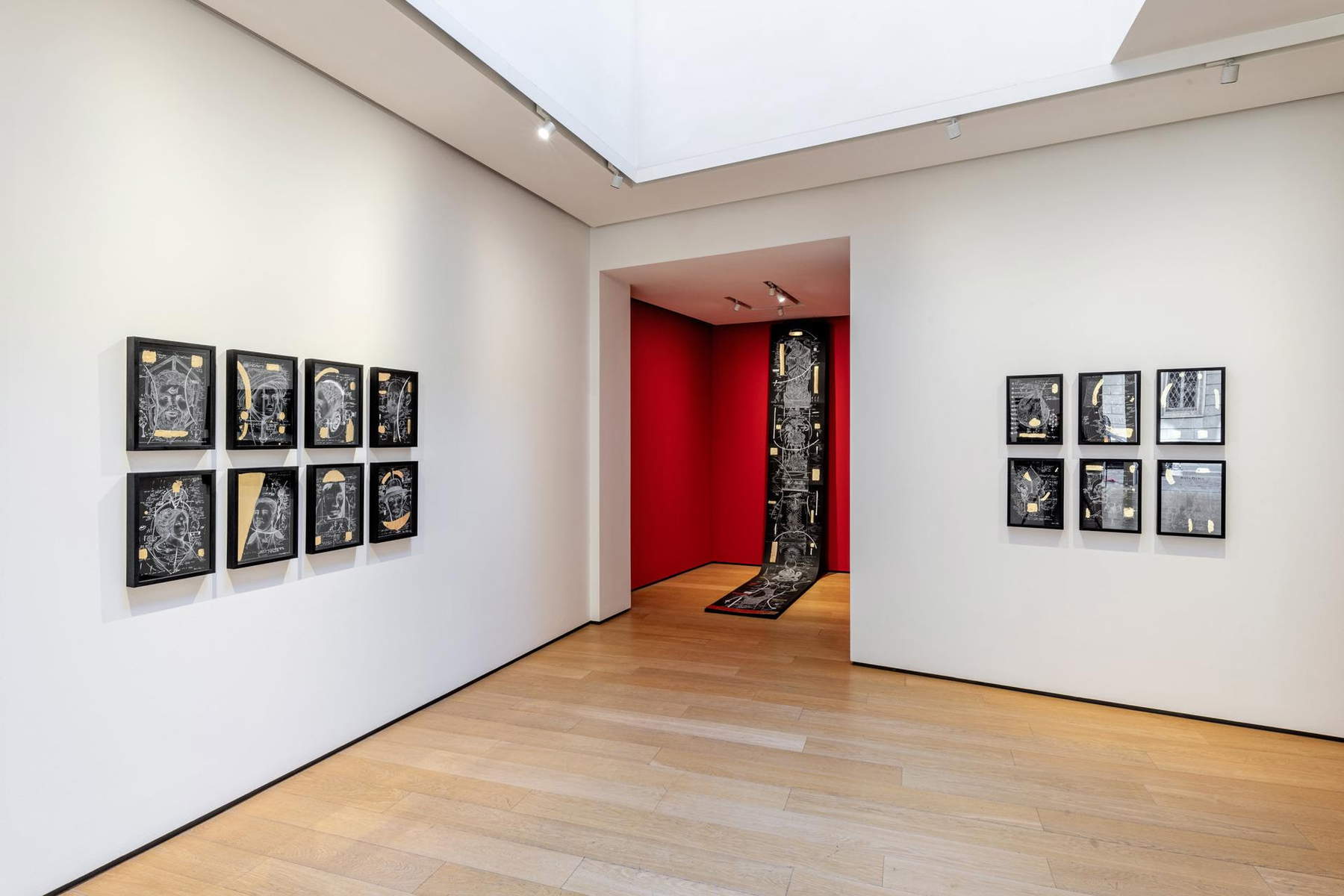
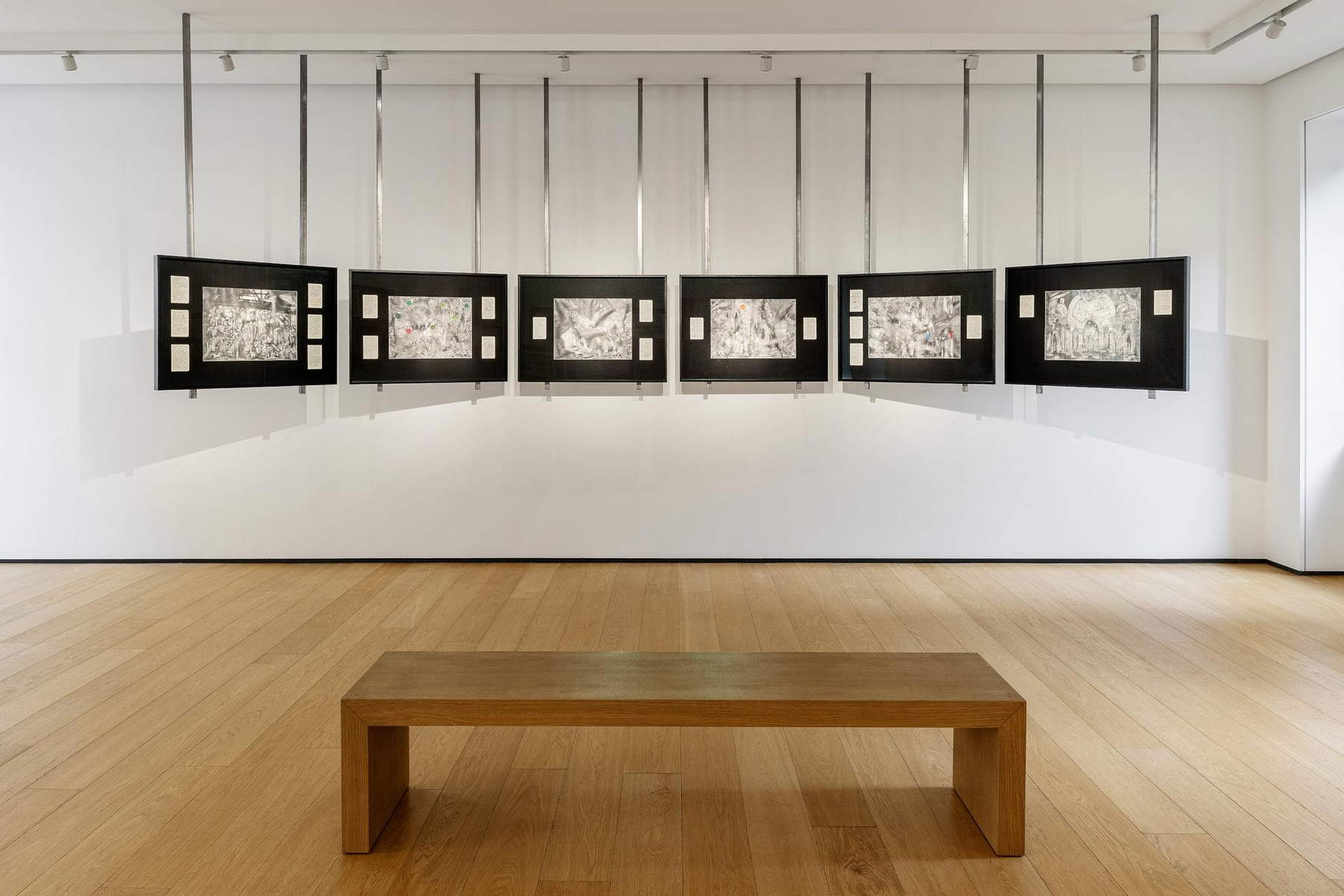
Theater as a memory machine
On the second floor, the exhibition focuses on Cotognini’s passion for theater, understood as a space of knowledge and transformation. The artist evokes the set design of Parsifal, staged in New York in 1904, by constructing an installation that echoes the semi-cyclical structure of Baroque theaters. Around this, a selection of ancient engravings dedicated to theatrical architecture has been enriched by pictorial interventions, inserting objects and figures that evoke crucial moments of the Wagnerian drama. Alongside this installation is the series The 12 Knights of the Round Table (2024), a tribute to Salvator Rosa that takes up the legendary figures of the Holy Grail, establishing a link with myth and the spiritual quest.
The last floor of the gallery is dedicated to the theme of memory and vision. Here two optical machines become tools for exploring the relationship between imagination and knowledge. In particular, two works pay homage to the Jesuit and scientist Athanasius Kircher: an anamorphosis depicting his face at two different ages and a bronze casting of his youthful head, from which a projection of the constellation Swan radiates. This exploration of the link between microcosm and macrocosm continues in Celestial Maps (2025), two works based on original 17th-century engravings that celebrate Galileo Galilei and astrologer John Dee, emphasizing the invisible thread that connects man to the stars.
The installation in the Moshe Tabibnia Gallery.
From April 3 to July 5, 2025, Transitum also extends to the Moshe Tabibnia Gallery in Milan, where the dialogue between contemporary art and the past becomes even more evident. Here Cotognini has chosen to engage with textiles from the Moshe Tabibnia collection, proposing an installation centered on the figure of the swan, a symbolic animal linked to the cult of Apollo.
At the center of the exhibition space The Hyperborean (2025), a large bronze casting depicting a royal swan resting its legs on two skulls, representing the duality of life and death. Twelve preparatory drawings are developed around this sculpture, some exhibited in the Brera Room on the ground floor, others placed in the library on the second floor, in dialogue with the volumes stored inside.
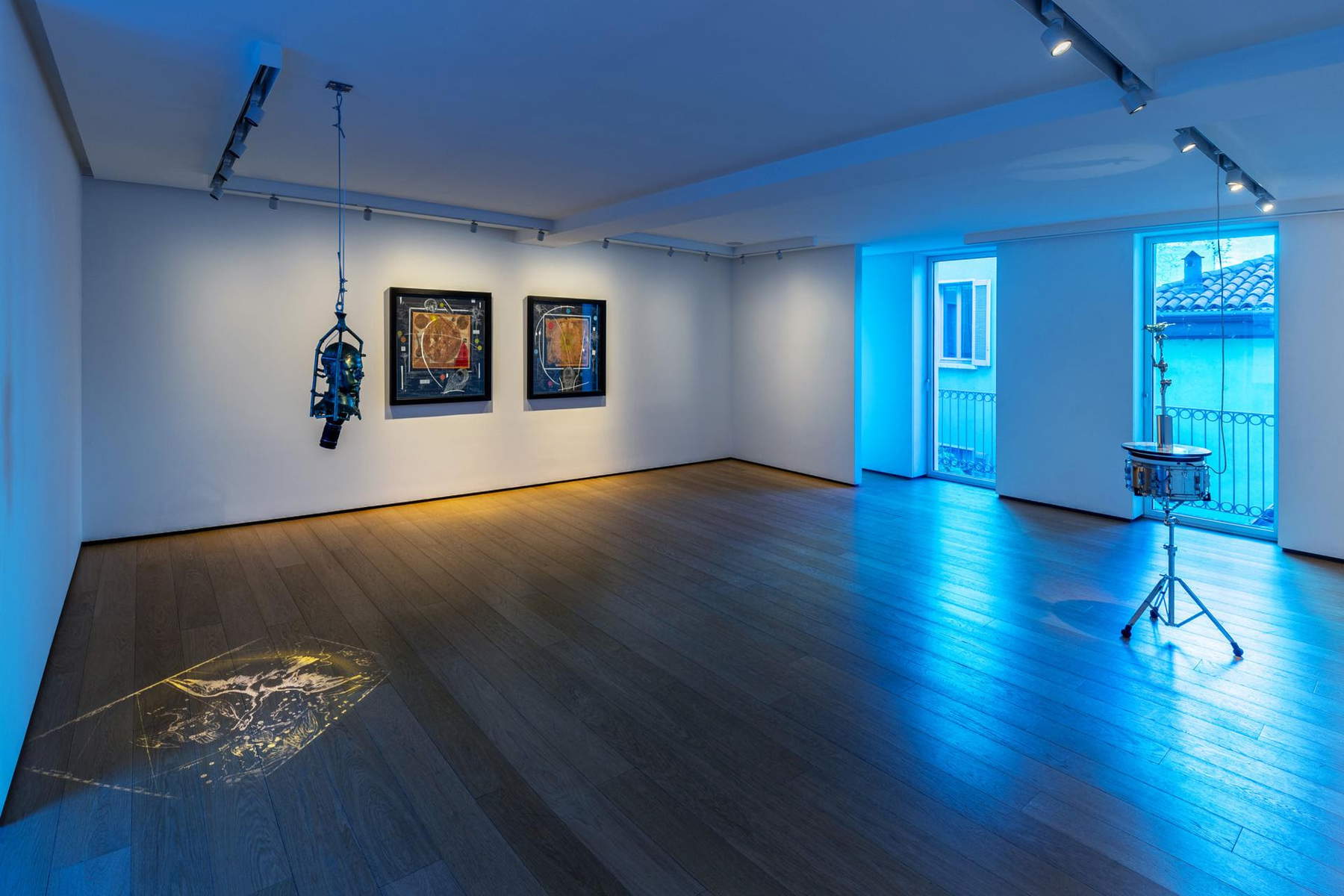
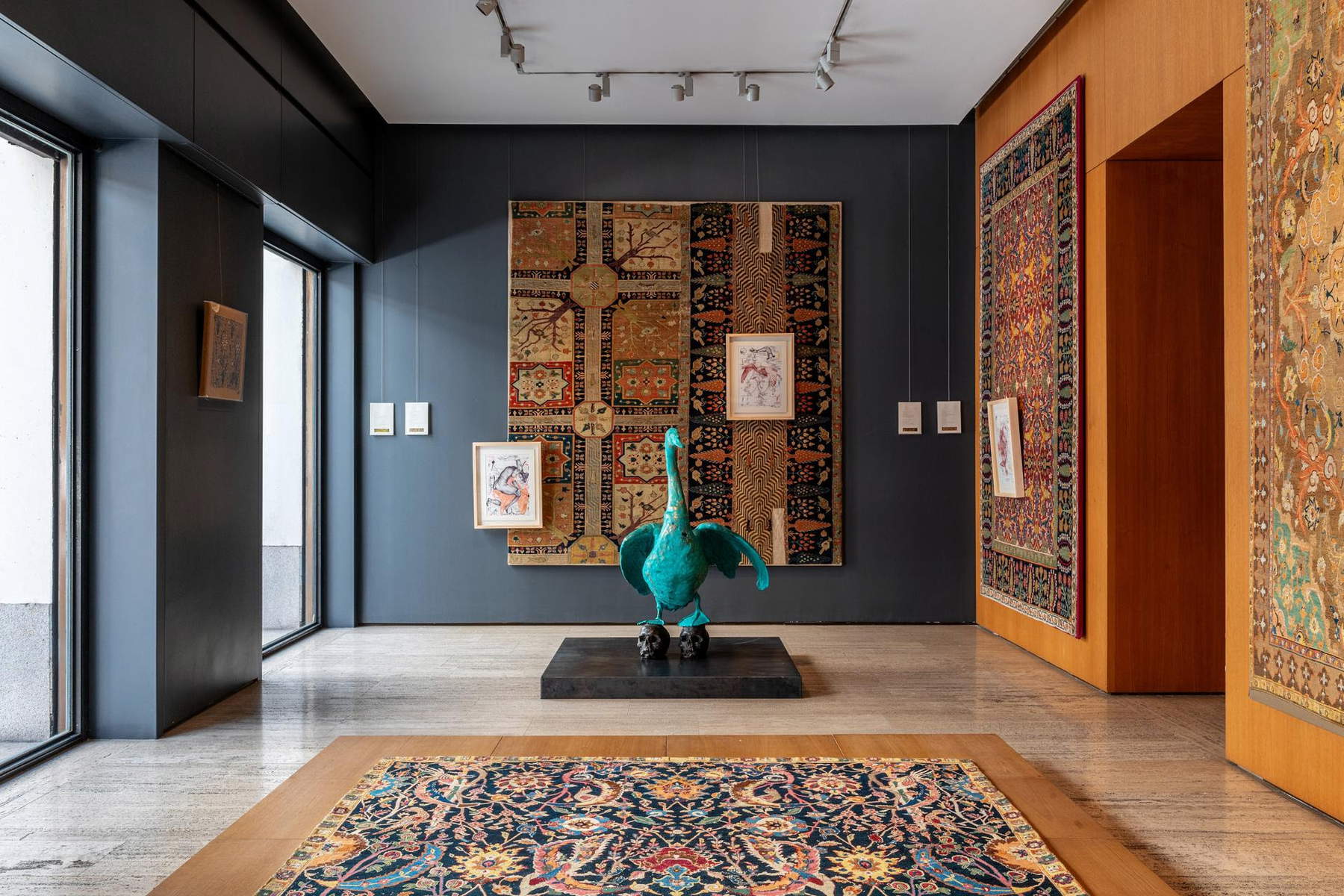
Notes on the artist
Fabrizio Cotognini lives and works in Civitanova Marche. In 2009 he received a diploma in Painting and Sculpture from the Academy of Fine Arts in Macerata. His research develops through a constant dialogue with the ancient, reinterpreted in a contemporary key. Time, memory and myth represent the cornerstones of his work, explored through references to history, literature, architecture and theater. His works combine these languages into layered narratives, where iconography and writing reinforce each other. Drawing is the main expressive medium, declined on board, in artist’s books and work diaries. He often intervenes on ancient engravings, of which he is a passionate collector.
His interest in alchemy has led him to rigorously experiment with materials and production processes, both in the creation of two-dimensional works and in sculpture, focusing in recent years on the technique of microfusion. He has won awards in several Italian art prizes, including the Cairo Prize. His exhibition activity began in the early 2000s with group exhibitions (2003), and then continued with solo shows since 2011 in various Italian venues.
Numerous public and private institutions have invited him to create site-specific projects, including the Fondazione Sandretto Re Rebaudengo in Turin, the Parco dei Fori Imperiali in Rome, Palazzo Buonaccorsi in Macerata, the Teatro Anatomico dell’Archiginnasio in Bologna, the American Academy in Rome, the Museo Archeologico in Salerno, Palazzo Ducale in Urbino, Palazzo Magnani in Reggio Emilia, the Fondazione Pastificio Cerere in Rome, Castel Sant’Elmo and the Fondazione Morra Greco in Naples.
His works have also been exhibited abroad, in venues such as the ICI in Bern, the Oficina in Barcelona, Hero Gallery in Amsterdam, the ICI in Caracas, the Centro de Desarrollo de las Artes Visuales in Havana and the National Gallery in Georgia. His work has also been presented in major events, including the Thessaloniki Biennial, Manifesta 12 in Palermo, the Biennale del Disegno in Rimini, the Mediterranean Biennial and the side events of the Venice Biennale, as well as national and international art fairs.
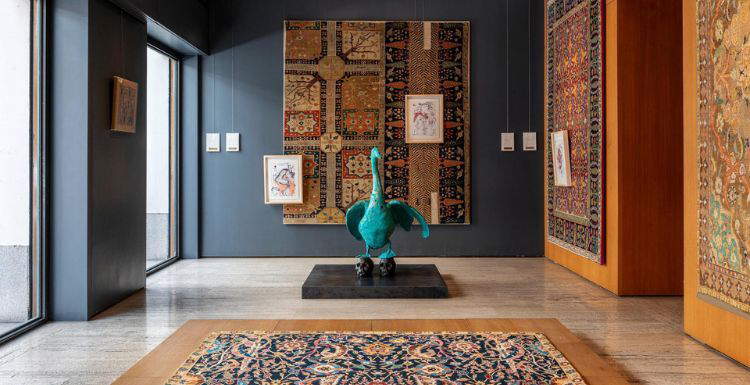 |
| Transitum, the alchemical journey of Fabrizio Cotognini at the BUILDING GALLERY in Milan |
Warning: the translation into English of the original Italian article was created using automatic tools. We undertake to review all articles, but we do not guarantee the total absence of inaccuracies in the translation due to the program. You can find the original by clicking on the ITA button. If you find any mistake,please contact us.





